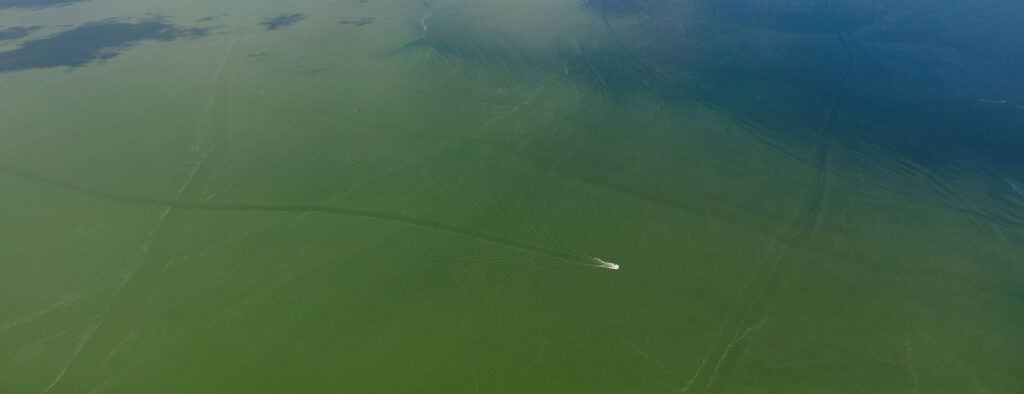Monitoring and Event Response (MERHAB)

Our funding enhances state and regional monitoring with advanced harmful algae detection capabilities, from low-cost shellfish toxin tests to high-tech sensors at sea.
The Monitoring and Event Response for Harmful Algal Blooms (MERHAB) Research Program builds capacity along our coasts for enhanced harmful algal bloom (HAB) monitoring and response. This helps the National Oceanic and Atmospheric Administration (NOAA) and state partners identify when beaches, shellfisheries, and marine animals are at risk from harmful algae, and to make informed decisions that protect public health and safeguard our coastal economies.
MERHAB funds the highest quality science projects that
- Enhance routine water quality and shellfish monitoring with better HAB detection methods, training, and strategies;
- Add sensors to ocean observing systems for low-cost, long-term observations of HABs and related ocean conditions;
- Demonstrate operational capabilities for forecast models to enhance HAB early warning capability;
- Ensure trained and equipped personnel are able to mobilize quickly, conduct appropriate sampling and testing, and communicate effectively to foster improved response to HAB events.
As a result of the MERHAB Program, managers are better armed to mitigate HAB problems in their communities. We help states, tribes, and other monitoring agencies keep pace with the growing national HAB problem by providing them access to proven detection technologies, helping to validate these technologies, and assess benefits of incorporating existing methods. MERHAB also supports ongoing efforts to develop predictive models and operational HAB forecasts. MERHAB is authorized as a national competitive research program within NOAA under HABHRCA.
Funding announcements for MERHAB, and other CRP national competitive HAB programs (ECOHAB and PCMHAB), will be published on Grants.gov.
